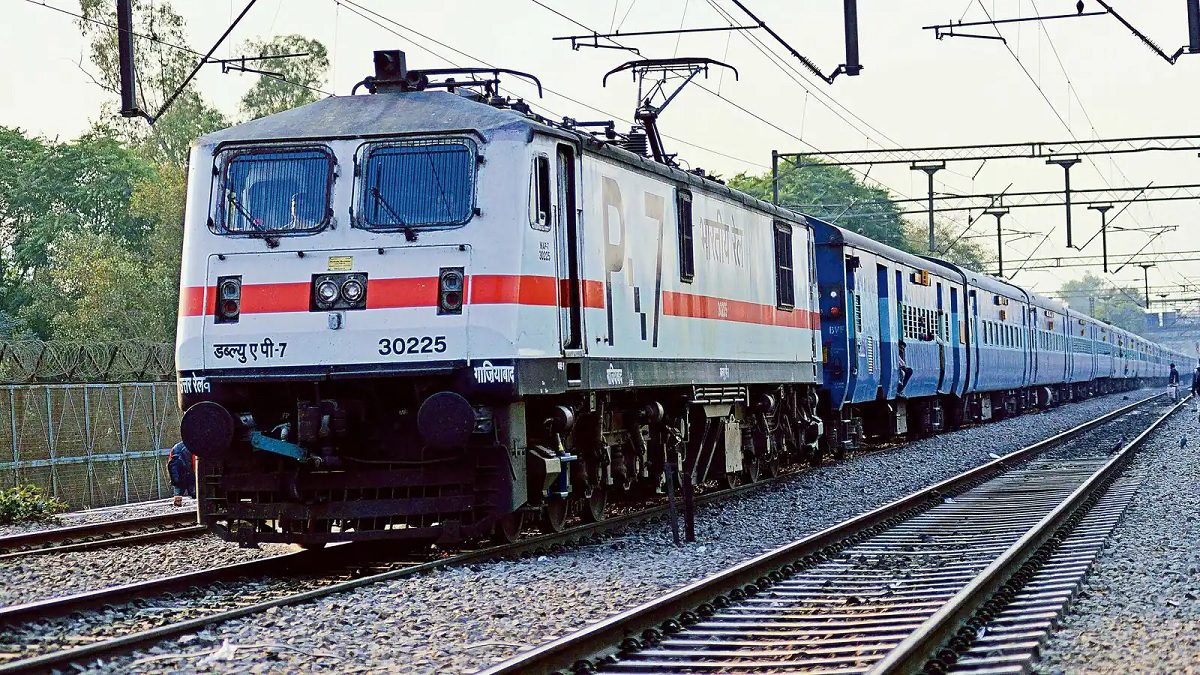The Role of Train Ambulance Services in Rural Healthcare Access

Strong 8k brings an ultra-HD IPTV experience to your living room and your pocket.
In a country like India, where a significant portion of the population resides in rural and semi-urban areas, the availability of timely and efficient medical care can make the difference between life and death. While cities are equipped with advanced hospitals, ICUs, and specialty care, patients in rural areas often face immense difficulty accessing these services during emergencies.
This is where train ambulance services step in—bridging the critical gap in healthcare access and offering a lifeline to patients who need specialized treatment far from home.
The Rural Healthcare Crisis in India
Despite improvements in public health infrastructure, rural India continues to struggle with:
- Insufficient healthcare facilities (limited ICU beds, lack of specialist doctors)
- Poor road connectivity that delays ambulance movement
- Inadequate emergency response systems
- Lack of trained paramedical staff and equipment
In many villages, reaching the nearest tertiary hospital can take 6–12 hours by road, especially in states like Bihar, Jharkhand, Odisha, and parts of the Northeast. For critical patients, this delay can be fatal.
What is a Train Ambulance Service?
A train ambulance is a long-distance medical transport service offered via Indian Railways that carries critical patients from one city to another in a medically-equipped train coach. These coaches are converted into mobile ICUs, complete with:
- Life support systems (ventilator, defibrillator)
- Oxygen cylinders and infusion pumps
- ICU stretcher beds
- Emergency drugs and medical supplies
- Trained medical team (doctor + paramedic)
This setup ensures that patients remain stable during transit, even over 12–30 hour journeys.
How Train Ambulance Services Bridge the Gap
Train ambulance services provide affordable and reliable transport for patients from remote areas to super-specialty hospitals in major cities like Delhi, Mumbai, Hyderabad, and Kolkata. Here’s how they help:
1. Cost-Effective Medical Evacuation
Air ambulances can cost ₹2 to ₹8 lakhs for a single trip. Train ambulances, in comparison, offer a fraction of the cost (typically ₹50,000–₹1.5 lakh), making it a viable option for middle- and lower-income families.
2. Long-Distance Patient Transfers
Patients needing cardiac surgery, cancer treatment, organ transplant, or trauma care often need to travel hundreds of kilometers. Train ambulances offer a stable, less turbulent journey, especially beneficial for critically ill or ventilated patients.
3. Available Across India
Since Indian Railways spans almost every region, train ambulances can operate from Tier 2 and Tier 3 towns, making it possible to connect remote patients to urban hospitals.
4. Continuous Medical Monitoring
Unlike regular trains or road ambulances, train ambulances are equipped for 24/7 monitoring, reducing the risk of deterioration during travel.
Challenges Faced by Train Ambulance Services
While impactful, train ambulance operations are not without hurdles:
- Train availability and scheduling issues (since bookings must align with railway time slots)
- Coordination with multiple departments (hospital staff, railway officials, EMS teams)
- Low awareness in rural regions—many families don’t even know such services exist
- Infrastructure gaps at smaller stations (no platform stretcher access or medical facilities)
The Role of Government and Private EMS Providers
The Indian Railways plays a crucial role by allowing the use of First AC coaches or dedicated compartments for medical transport. However, it is private EMS companies like Save Life, Medilift, and others who handle:
- Medical equipment setup
- Onboard doctor and paramedic support
- Bed-to-bed transfer (hospital to hospital)
- Real-time patient updates to families
A collaborative model between public infrastructure and private medical transport providers can further scale these services.
Looking Ahead: The Future of Train Ambulance Services
To ensure more lives are saved, we need to:
- Raise awareness in rural communities about this option
- Expand coverage to more stations and towns
- Integrate telemedicine during transport for real-time expert support
- Offer insurance coverage or government subsidies for low-income patients
- Train local healthcare workers to facilitate transfers efficiently
Conclusion
Train ambulance service in Patna are more than just medical transportation—they are bridges to survival for thousands living in remote areas without access to advanced healthcare. They bring hope, affordability, and professional care right to the patient's bedside, making quality treatment within reach even from the most underserved parts of the country.
If you or a loved one ever faces a medical emergency and needs long-distance transport, consider train ambulance services as a safe, reliable, and cost-effective solution.
Note: IndiBlogHub features both user-submitted and editorial content. We do not verify third-party contributions. Read our Disclaimer and Privacy Policyfor details.


